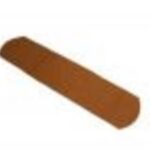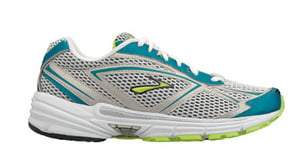Blisters are tender spots that become filled with fluid. They can happen when your skin tissue becomes burned, pinched or just irritated. Most are caused by friction though, due to ill-fitting or sweaty shoes.
There is generally no need to see a doctor when you have a blister. If you have a medical condition that causes you not to heal quickly or you are prone to infections you might have to seek your doctors advice for treatment.
At- home treatment for a blister is very easy. It does take a little time for it to heal but not too much.
As soon as you discover the blister give it space. You can bandage it to keep out dirt but the actual blister should be allowed to breathe. Don’t place the bandage directly on the blister.
Before bandaging use an antiseptic to clean the blister.
If you have the opportunity, keep the blister exposed to air as much as possible. Just make sure you keep it clean.
Use an antibiotic ointment on the blister as well. They also come in spray form. Use several times a day especially if you cannot keep the blister completely free of sweat and dirt.
To temporarily relieve pressure keep your feet propped up. You can also use a sewing needle sterilized in alcohol to drain the blister. Don’t remove the top layer of skin. A tiny hole in one side is sufficient. Gently press to drain. After draining, wipe the skin down with alcohol. This might have to be done a couple of times.
You can prevent a blister. The main key is proper footwear. When shopping for shoes do not go in the mornings. Go after work. This sounds silly because all you want to do is get home. At the end of the day your feet will be slightly swollen so when you try on your new shoes you will find the correct one that will still be comfortable after you have worked all day.
If it is shoes that require you to wear socks make sure you have a pair with you.
Make sure you walk around to see if they feel comfortable.
Choose leather when possible. Leather breathes. This allows air to circulate better. This keeps your feet drier and lessens the chance of developing a blister.
Don’t plan on wearing your new shoes all day. Take another pair with you. It does take some time breaking in a new pair of shoes.
Never wear wet shoes. If you work in an area in which your shoes are prone to getting wet invest in shoes that are water-proof.
Purchase socks that fit your feet size. Also make sure the socks are made from natural fibers.
Protecting your feet with preventative measures will lessen your chance at getting a blister. Treatment of a blister is important so infection doesn’t set in.



